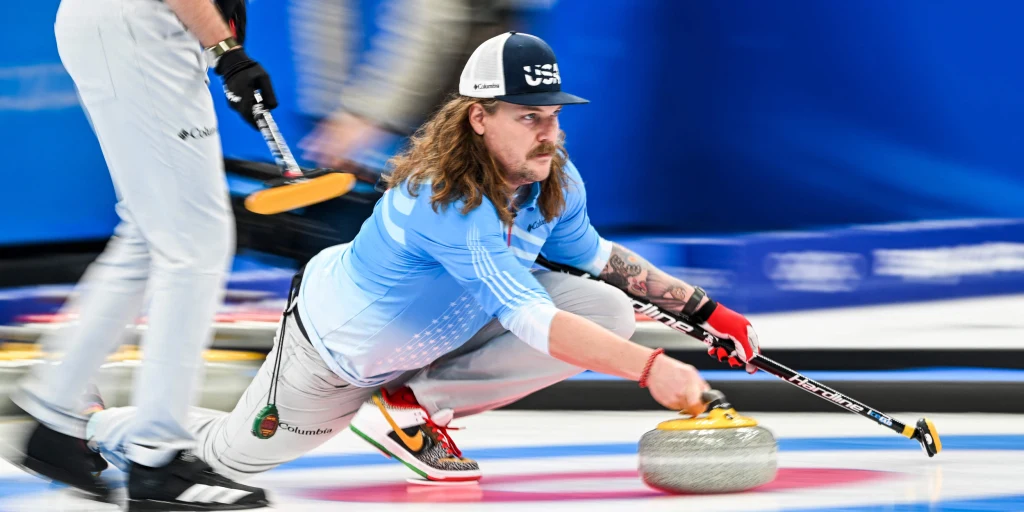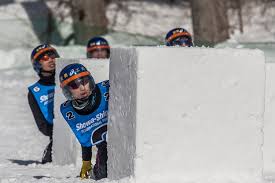Curling, sometimes referred to as “Chess on Ice” is a truly underappreciated winter sport, requiring leagues of precision, teamwork, and coordination. While still sitting in the shadows of ice hockey and skiing in the winter sports world, curling has captivated an international audience and fosters a unique and deep history.
Curling can be traced back to Scotland in the early 1500’s, where it was played on ponds and lakes that froze over in the cold winter months. Scotland continued to foster curling into the 19th century, when the first curling club was established – The Grand Caledonian Curling Club. It then rapidly spread to the rest of the world, especially Canada, where it remains one of the most popular sports. Curling became a part of the most watched international competition, the Olympics, in 1998, and has remained since.
Curling is played on a rectangular sheet of ice with a target, known as the “house”, at either end. Each team consists of four players, whose objective is to slide heavy granite stones (also called rocks) across the ice towards the house. The team that can get their stones closest to the center of the house wins the end and earns points. The interesting part of the sport comes from the ability to “curl” or “bend” the stones on their path towards the house, by sweeping the ice and reducing the friction between the stones and ice. This combined with the ability to knock the opposing players stones away from the house creates a very unique blend of strategy, garnering curling its nickname of chess on ice.
Each team is only given eight stones, and deciding to place them offensively – close to the house in an attempt to score, or defensively – in strategic places that can block the opposing teams stones is where the crux of the game lies. The “skip” is the team’s strategist, responsible for making crucial decisions about stone placement and strategy, as well as shooting the stones to start. The other players, known as the “lead”, “second”, and “third”, assist with delivering stones and sweeping as directed by the skip.
Curling is more than just a winter pastime; it’s a sport that combines strategy, teamwork, and technique. With its interesting history and global following, it’s a unique and engaging activity that deserves attention.








